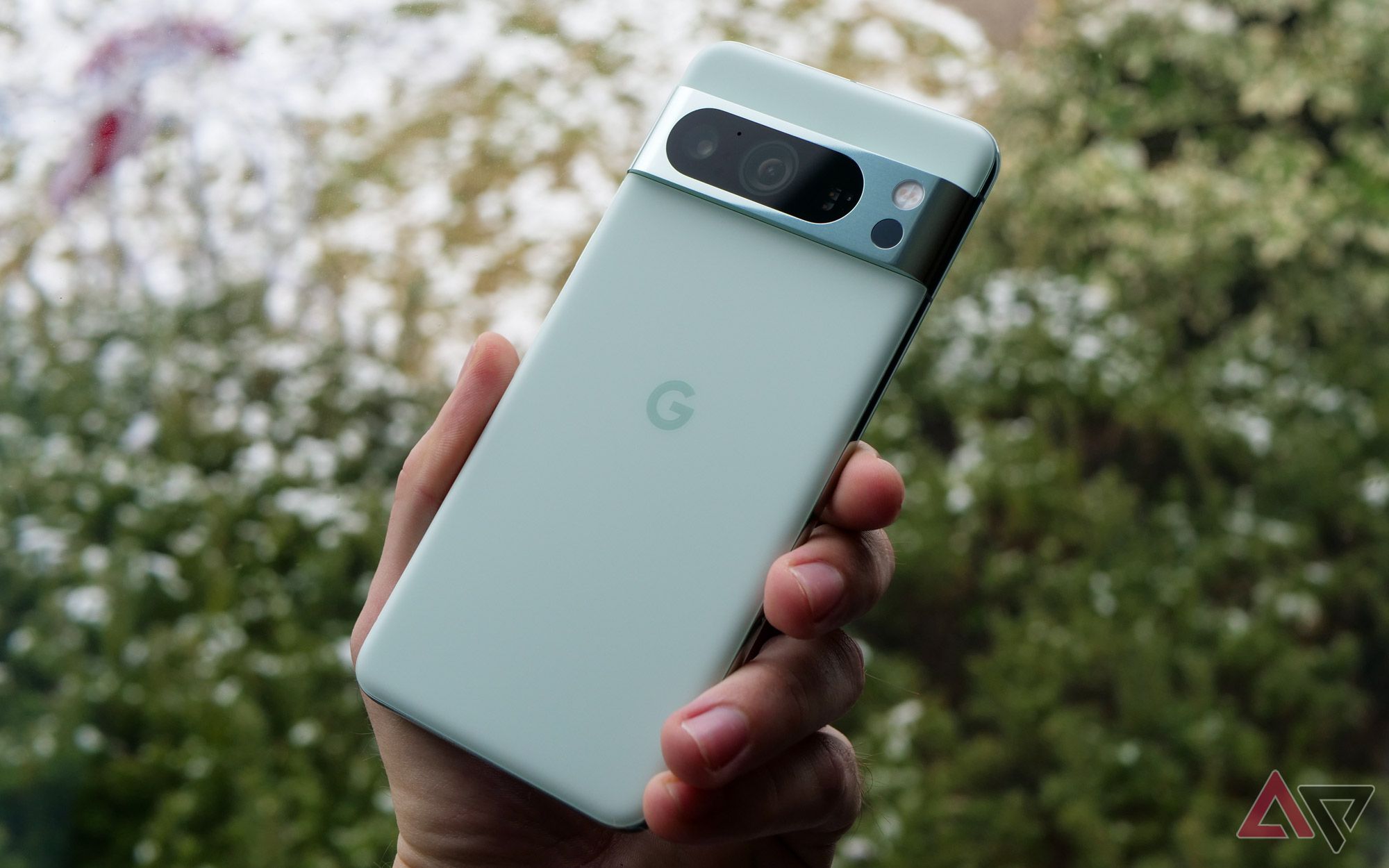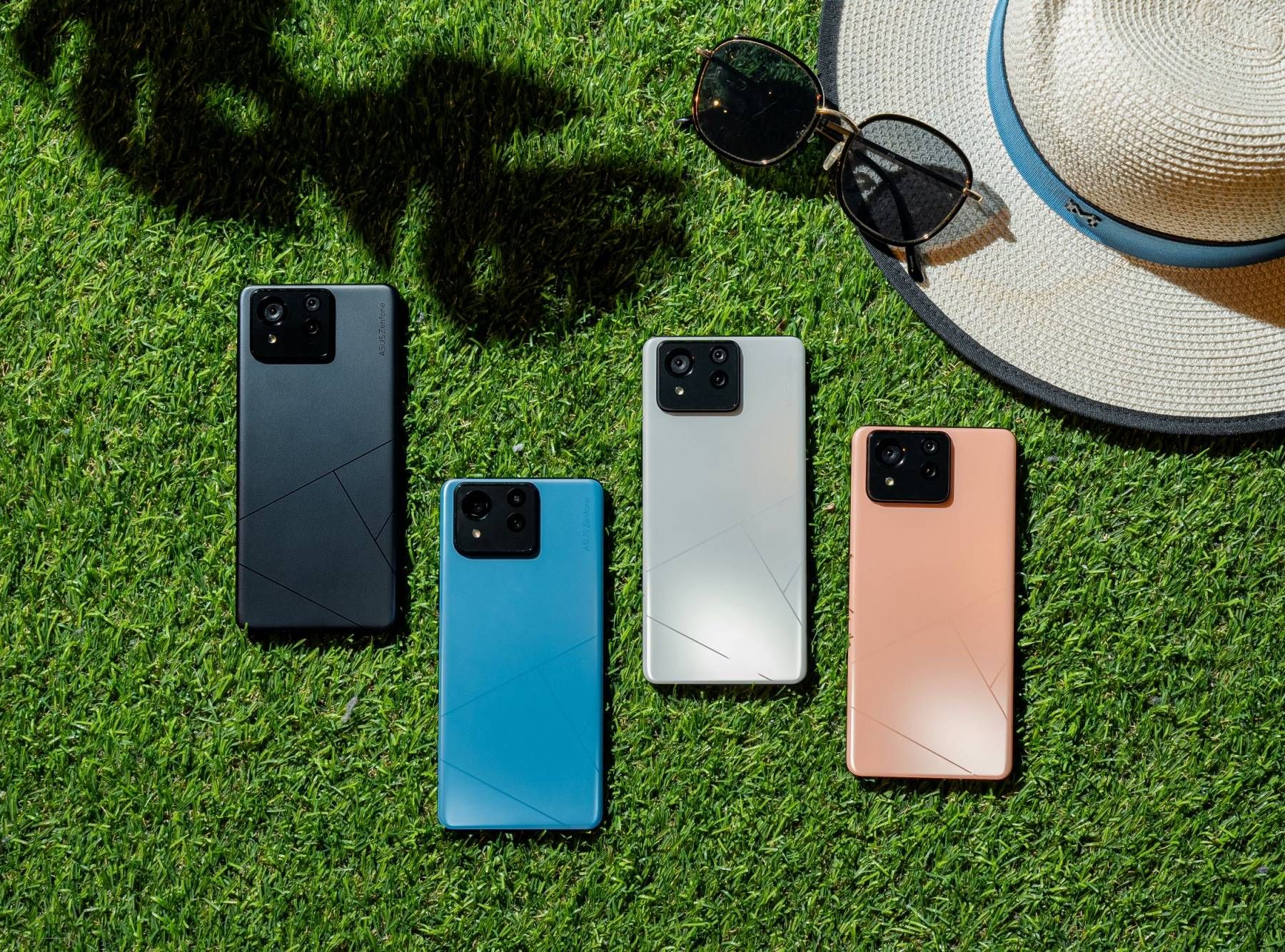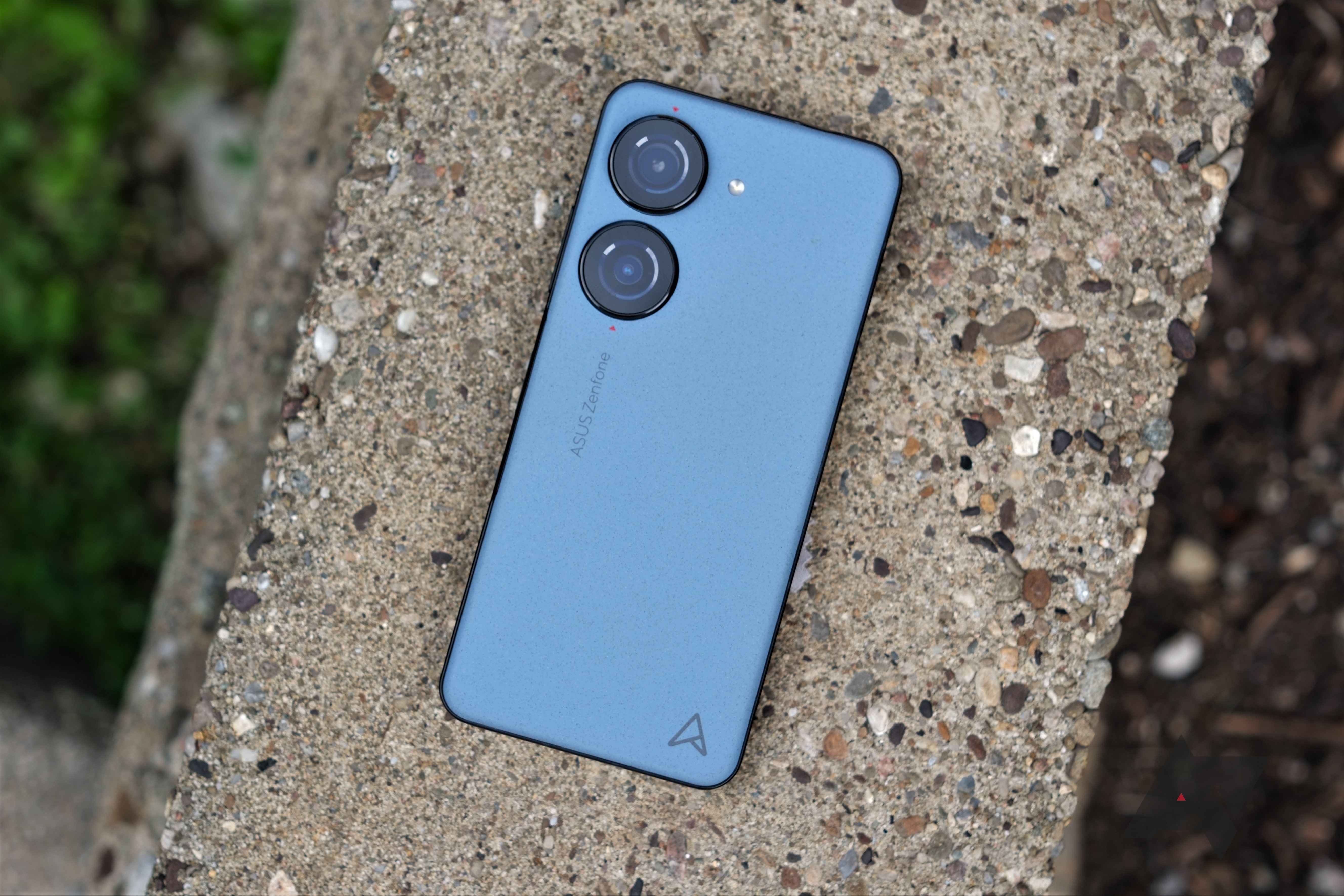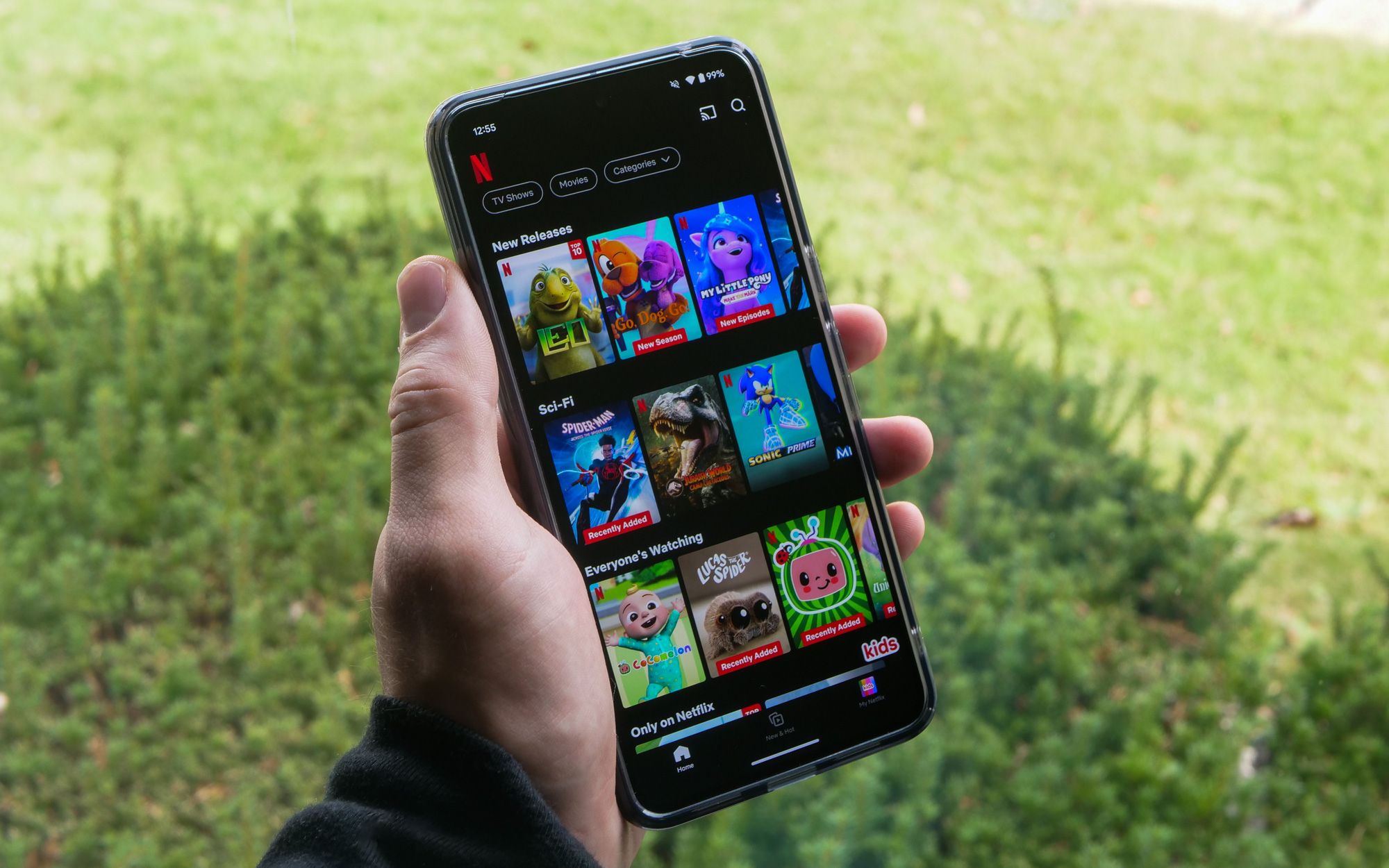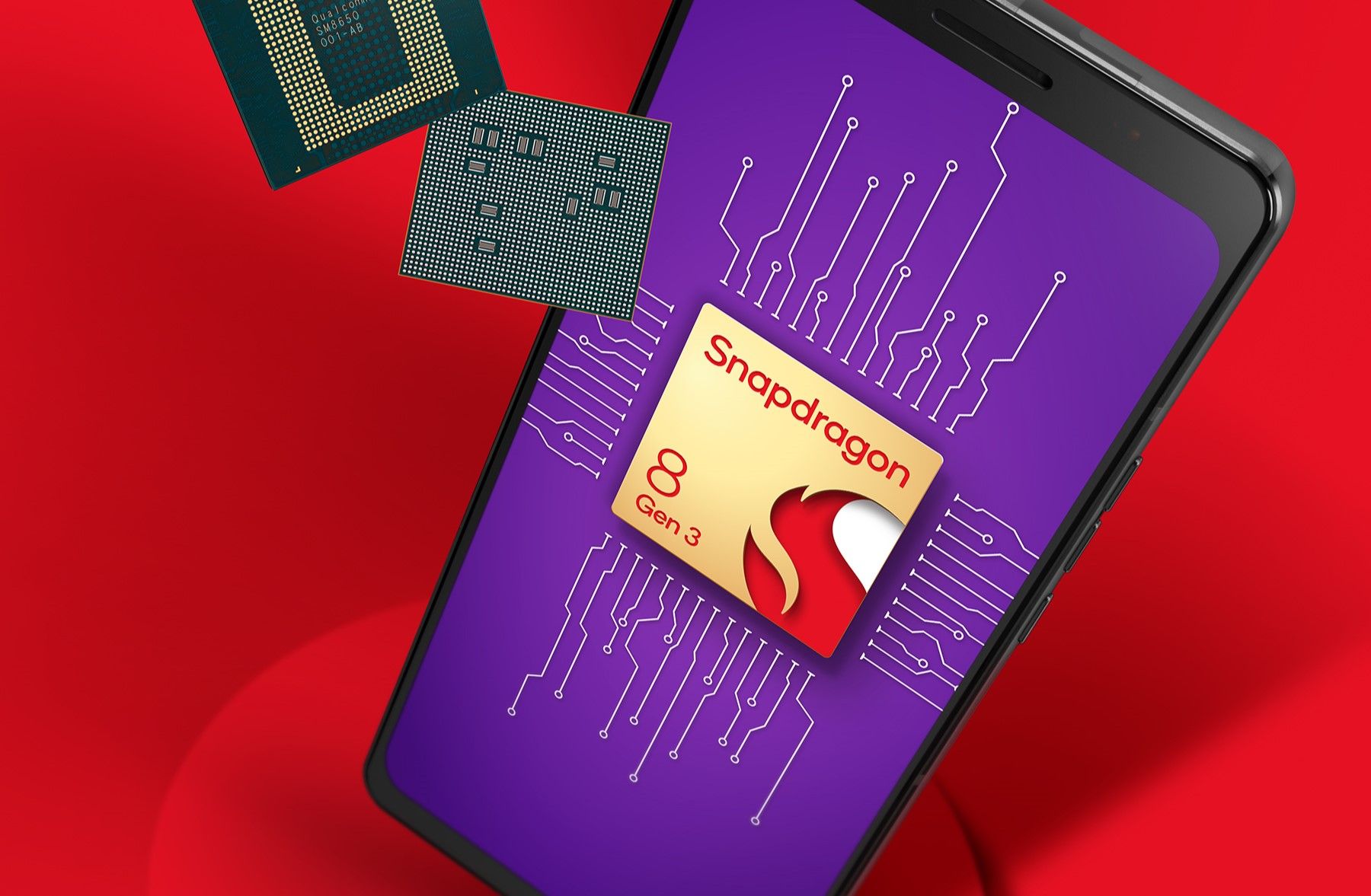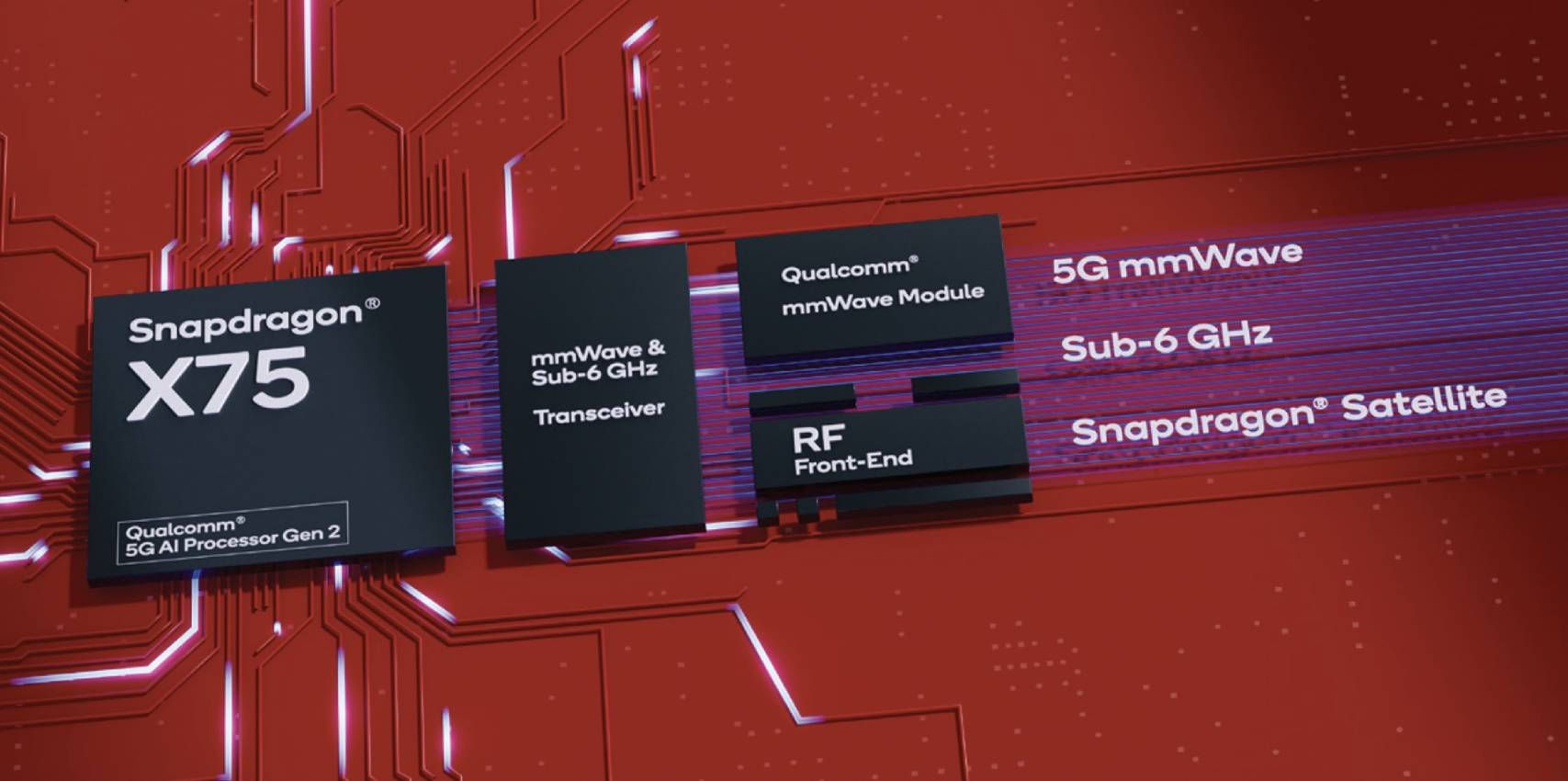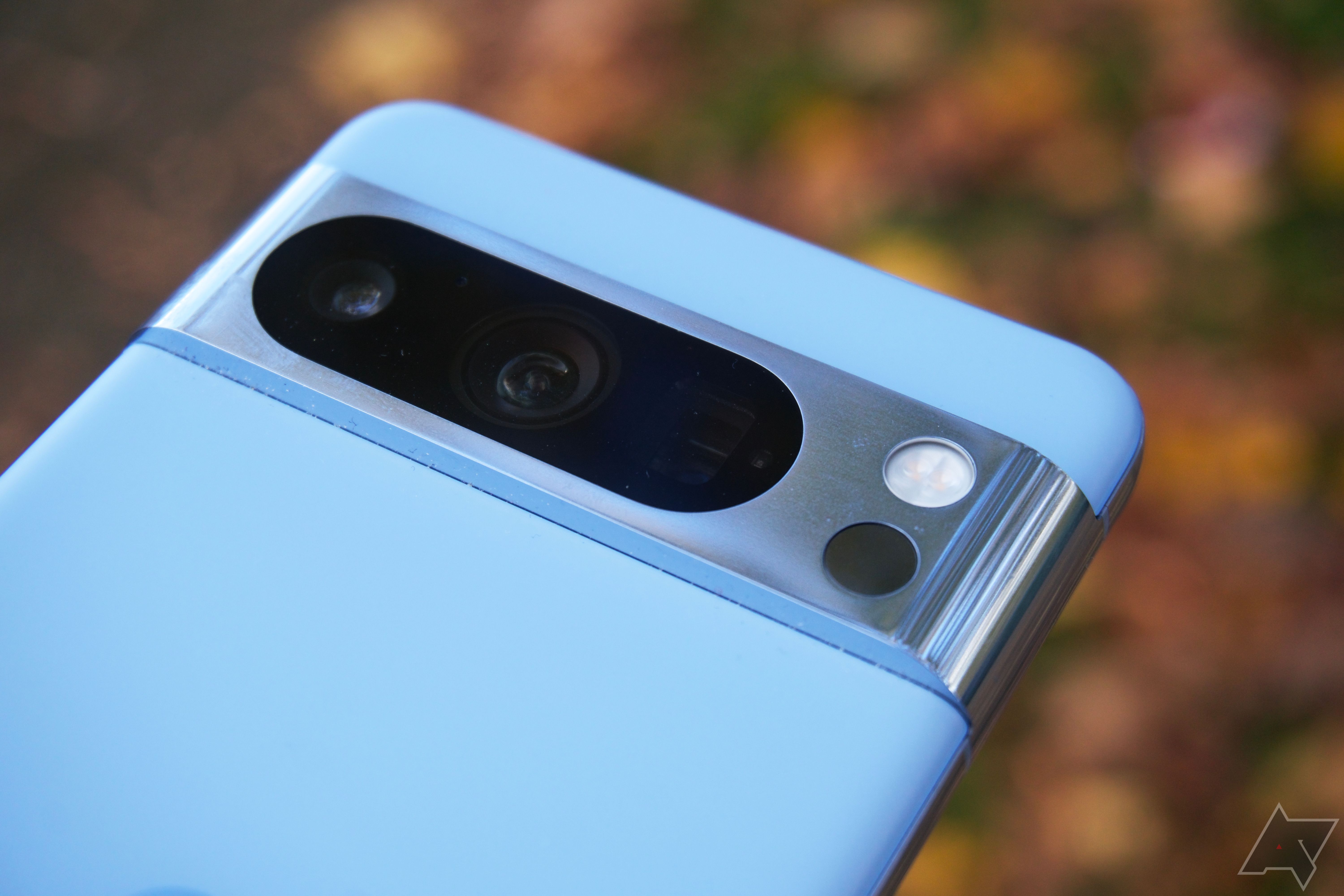-
Google Pixel 8 Pro
The better choice$749 $999 Save $250One of our favorite phones of 2023, the Pixel 8 Pro remains an incredible device that should satisfy some of the most demanding users. It boasts a complete resume of fantastic photo and video capture, focused OS refinements, capable hardware, and novel AI tools — and it’s often discounted below MSRP.
Pros- Industry-leading cameras
- Ever-expanding AI toolkit
- 7 years of Android updates
Cons- Tensor SoC lags behind competition
- Disappointing 30W charging
-
Asus Zenfone 11 Ultra
Big and fastAsus took the soul of its ultra-powerful ROG Phone and wrapped it in a sleeker, more professional design, complete with the latest iterative hardware upgrades a flagship deserves. It doesn’t do much to stand out from the current sea of big phones, but it’s still an awfully complete package.
Pros- Exceptional battery life and charging
- Blazing-fast performance
- Extremely crisp display with 144Hz gaming
Cons- One of the heaviest slab phones
- No Verizon or 5G mmWave support
- Only two full Android updates
The much-talked-about Google Pixel 8 Pro took home countless end-of-year awards, with consistently great cameras, improved performance and efficiency, and increasingly useful AI tools driving most of the arguments. The Pixel 7 Pro’s few faults shrunk considerably with the new generation, leaving experts and average users impressed at the flagship’s complete hardware and software package.
Of course, it’s also pretty big, and big phones sell in droves these days. So Asus, long renowned for its relatively compact Zenfone 10, decided to try its hand at a near-7-inch smartphone. Essentially a less aggressive version of the ROG Phone 8, Asus’ new big flagship sports the hardware you’d expect from a near-$1,000 device.
So what, exactly, makes the Zenfone 11 Ultra worth considering over Google’s top-of-the-line slab phone? It largely depends on how you value extreme battery life and performance overhead because Asus’ new offering doesn’t do much else better than the Pixel.
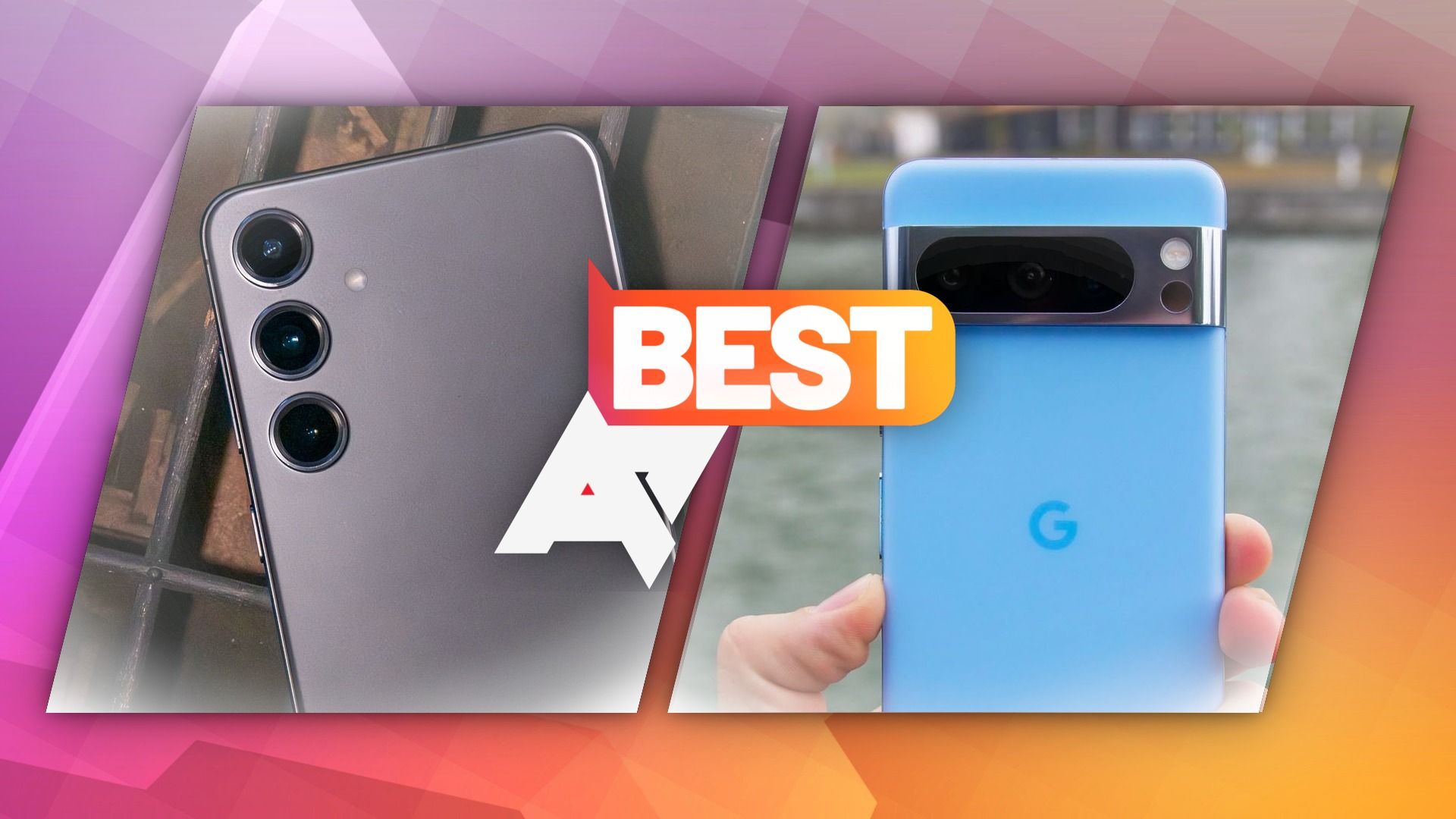
Best Android phones in 2024
In the market for a new phone? Get the best Android experience with these flagship phones
Price, specs, and availability
On the market since October 2023, the Pixel 8 Pro is readily available from Google, major carriers, and third-party vendors. It was the first Pixel phone to hit the $1,000 mark, which was neither great news nor particularly surprising.
Asus’ latest entrant in the large-format phone race, the Zenphone 11 Ultra, aims to undercut that base price, with a $900 MSRP. The only problem? As of press time, Google and third-party outlets offered the Pixel 8 Pro at just $750, and such discounts aren’t exactly rare at this point. Moreover, if you want a new Zenfone, you’ll have to buy it outright; Asus doesn’t offer trade-in discounts or carrier deals. And while the device is available from Asus and select retailers at the moment, the phones aren’t exactly famous for staying in stock over the long term.
-
Google Pixel 8 Pro Asus Zenfone 11 Ultra SoC Google Tensor G3 Qualcomm Snapdragon 8 Gen 3 Display type LTPO OLED, 1-120Hz LTPO AMOLED, 120Hz (144Hz gaming) Display dimensions 6.7″ 6.78″, 20:9 Display resolution 1344 × 2992 2400 × 1080 RAM 12GB 12GB LPDDR5X Storage 128GB, 256GB, 512GB, 1TB UFS 3.1 256GB UFS 4.0 Battery 5,050mAh 5,500mAh Charge speed 30W wired, 18W wireless (with Pixel Stand 2), 12W wireless (Qi), 5W reverse wireless 65W wired, 15W wireless, 10W reverse wireless Charge options Wired, Wireless, Reverse wireless USB wired, Qi wireless, reverse wireless Ports USB-C 3.2 OTG 1x USB-C 3.2, 1x 3.5mm SIM support Dual SIM (Nano SIM and eSIM) Dual-SIM dual standby Operating System Android 14 Android 14 Front camera 10.5MP selfie camera 32MP f/2.5 Rear camera 50MP main; 48MP ultrawide; 48MP telephoto 50MP f/1.9 main gimbal OIS; 32MP f/2.4 3x telephoto OIS; 13MP f/2.2 120˚ ultrawide Cellular connectivity 5G (Sub-6 & mmWave), LTE 4G LTE, sub-6 5G Wi-Fi connectivity Wi-Fi 7 (Except certain markets), Wi-Fi Direct Wi-Fi 7 Connectivity UWB, NFC NFC Bluetooth Bluetooth 5.3 with aptX HD Bluetooth 5.4 with aptX Adaptive/Lossless Dimensions 162.6 × 76.5 × 8.8mm 163.8 x 76.8 x 8.9mm Weight 213g 224g IP Rating IP68 IP68 Colors Obsidian, Porcelain, Bay Eternal Black, Skyline Blue, Misty Gray, Desert Sand Stylus No No Price From $999 $900
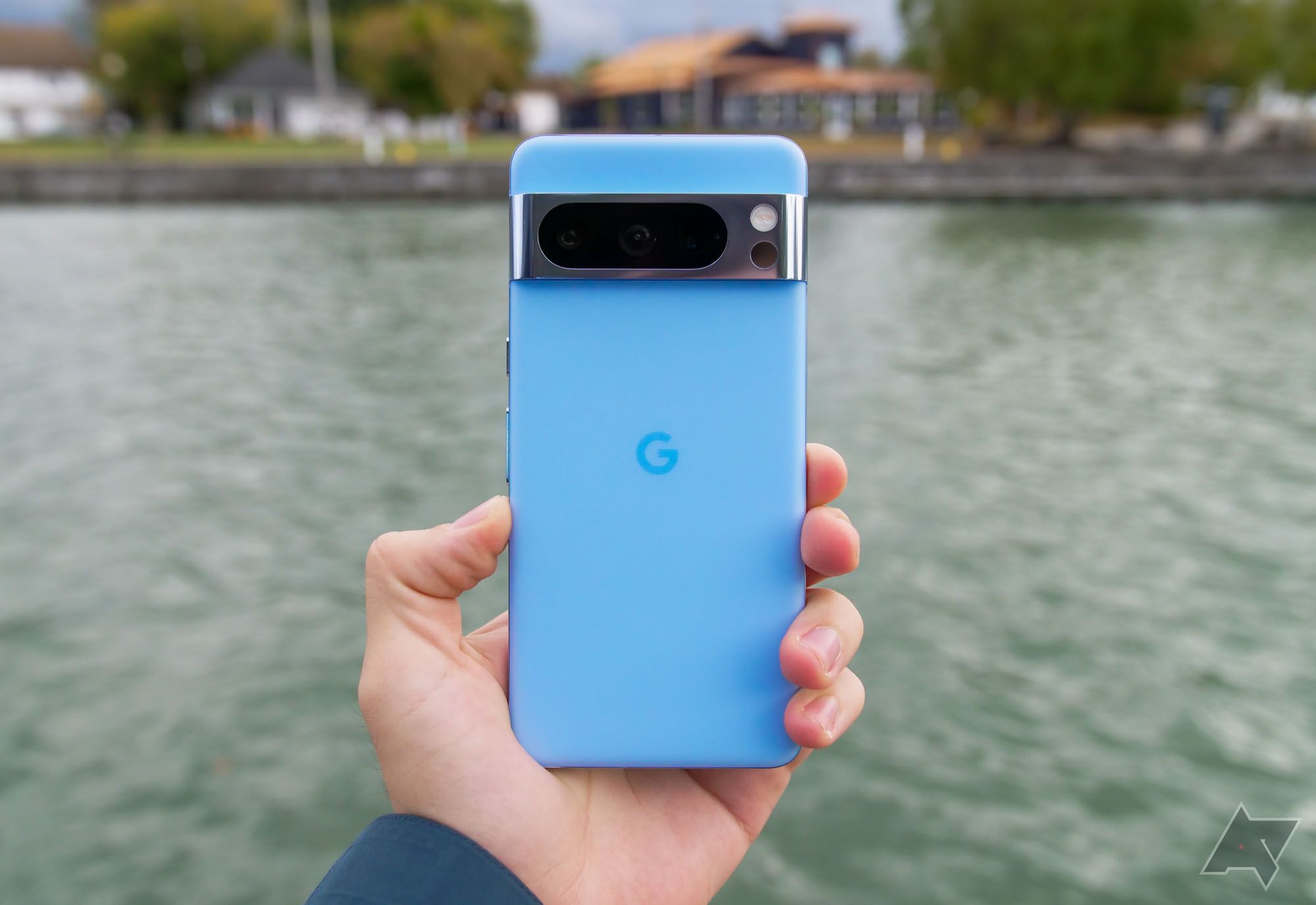
Google Pixel 8 Pro review: Living up to its name
If you want to see the future of Google, the Pixel 8 Pro is the phone to buy
Design
An increasingly iconic aesthetic meets toned-down utilitarianism
The top phones all seem to be evolving into solid blocks of glass and metal (albeit high-quality glass and metal, at least), and that holds true with Google’s and Asus’ design philosophies. The Pixel 8 Pro carries on Google’s signature visor-centric look, with heavily rounded edges but otherwise no standout visual cues. It’s a fine-looking phone with nice, soft colors, and you certainly won’t mistake for anything but a Pixel.
The Zenfone 11 departs significantly from its apparent predecessor, most obviously in its massive size. Gone are the twin uniquely oversize, round camera bumps, in favor of a single rectangular housing. It’s almost straight out of Apple’s 2019 playbook, except the boxy, black camera module stands out quite a bit.
Otherwise, the Zenfone 11 Ultra is somewhat visually nondescript — which might be why Asus added an angular line design to the back. It doesn’t look fancy enough to necessitate a clear case, but at least you can tell it apart from other phones in pictures.
Physically speaking, they’re both quite durable, with the Pixel 8 Pro revamping the internal layout and frame engineering to ensure better resilience than its predecessor. Both sport a Gorilla Glass Victus 2 front, IP68 rating, and nearly identical dimensions and weight (although the Zenfone is 11g heavier, and every bit as slippery).
There’s one final note about the Zenfone’s design. It’s one of the exceedingly rare flagships with a 3.5mm headphone jack, and it’s shoehorned into the bottom of the frame. Also found on the bottom edge are the USB-C port, dual SIM card slot and tray, and microphone port. As a result of this overcrowding, the USB-C port is pushed to the far left side of the bottom edge. It’s not a huge deal, but it does render a handful of accessories incompatible, namely any gaming controllers that plug directly into the phone.
Will there be a small Zenfone 11?
Asus’ decision to go big isn’t super surprising since it merged part of the Zenfone team with the ROG Phone department (before laying off the rest), but the level of abandonment is pretty stark. Ever since the news of that shakeup, reviewers, analysts, and enthusiasts alike have decried the apparent discontinuation of the “last great small Android phone.”
First of all, the Zenfone 10 is 0.5mm shorter and 2.5mm slimmer, but actually 1.8mm thicker than the Galaxy S24 — decidedly larger by volume, obviously thicker to hold, but largely the same to use. The base model Galaxy S24 sells just fine, so there’s no apparent reason to drop out of the ~6-inch phone market.
More to the point, though, the Ultra makes it extremely clear it’s a different phone than the Zenfone 10. Aside from size and appearance, it’s right there in the name. Plus, Asus clarified almost immediately after the restructuring that it would continue to make Zenfones. The next one just happened to be part of a new class of said smartphone lineup. Otherwise, it would just be called the Zenfone 11, right?
I, as much as (or more than) anyone, love to complain about the lack of truly compact smartphones, but my initial view of the 11 Ultra is that it was a way for Asus to plug an empty hole in its lineup. Granted, this pure speculation could be entirely wrong, but there’s no objective reason to assume the compact Zenfone is dead, as tight-lipped as the manufacturer remains. So the answer to the original question is a solid, “maybe.”
Display
Have high-end smartphone displays plateaued?
The biggest difference between the two displays is the resolution, with the Zenfone sporting a surprisingly low-res FHD+ panel. The Pixel’s almost-QHD+ screen boasts an over 25% greater pixel density, but good luck noticing with the naked eye.
The Zenfone does score a win here in the colors department, producing well over 100% of the movie-caliber DCI-P3 color gamut. This particular color space isn’t particularly relevant to consumers, but it offers a decent approximation of a panel’s abilities. Interestingly, some third-party testing actually places the Zenfone at 109% coverage, 2% higher than Asus’ claimed spec. By contrast, the Pixel clocks in at just 90% — but keep in mind that the sRGB space (which most content uses) is considerably smaller, so this impressive stat doesn’t mean a ton in the real world.
Both offer 1 to 120Hz variable refresh rates using LTPO technology, which ensures constant smoothness and helps minimize battery drain, and Asus’ Game Genie software can bump that up to 144Hz in supported games. They also claim 1,600-nit peak brightness, although the Zenfone does come out ahead by as much as 100 nits in hands-on measurement. Either is easy to use in direct sunlight, though, so it’s only a minor win for Asus.
Software
As Google leans in, Asus takes a hands-off approach
The Big G has spent the last few Pixel generations tailoring Android to the way it thinks you want to use your phone. For better or worse (and usually better), this results in a streamlined, intuitive experience, even if it sacrifices some of the customization options offered by competitors like Samsung’s OneUI.
Asus takes a pretty light touch with its signature ZenUI but does offer some useful (and optional) customizations beyond stock Android, like anchoring the notification drawer to the bottom of the phone (where it obviously should be). ZenUI manages to blend these features so well with the existing interface, you’d think they’d been there since its AOSP build release. The result is a capable, headache-free software experience with basically zero learning curve.
The increasingly meaningless advertising of AI
The meteoric rise of chatbots like ChatGPT and smartphone-centric machine learning models like Google Gemini keeps AI regularly in the headlines, but the buzzword’s stretched farther than ever these days.
Both Google and Asus implemented on-device voice recording transcription, which we used to just call voice recognition, and is neither new nor mind-blowing. Then there are the various types of AI noise reduction for the speaker or listener during calls, which was once just called noise cancelation, and doesn’t ostensibly use machine learning in any meaningful way.
Artificial intelligence? Not exactly. Useful? Absolutely.
To be fair, some of these work better than others; Asus’ call noise reduction, for example, reduces distractions remarkably well for both people on a call. And some of Google’s photo editing tricks (like the borderline-creepy face replacer) work what seems like magic behind the scenes to get you the perfect shot. Not only does Google offer more of these actually novel ML-based tools, but it’s still releasing more in continued feature drops.
But a lot of what manufacturers tout as AI is just regular, old algorithms. Tapping the screen to select and autofocus on a subject while filming? Not AI. Overlooking potential typos while searching through settings and documents to give you results you actually want? Google search has done this for many years.
Even live audio translation has been around via Google Assistant since late 2019, long before the current AI boom. It’s just implemented well enough now to work directly within calls on phones like the Zenfone 11 Ultra — this is a very cool feature, but not AI.
In the end, Google’s AI feature suite offers more novel and interesting tools in some cases, but the most functional (and likely to see widespread use) of Asus’ supposed AI tools work just about as well.
One industry leader and one former enthusiast supporter
Google led the way with its 2023 7-year Android update policy, and we’re here for it. Today’s flagships should last without major issues (battery replacement notwithstanding) through this period, and at the very least, it’ll give future budget-conscious buyers more options, even if you don’t plan to keep your Pixel that long.
Asus offers a paltry two full Android updates. It’s not quite a scandal, since 2021’s Android 12 is still getting security patches, so you don’t by any means have to throw a device away once it’s done receiving complete OS makeovers. But, unfortunately, Asus ignores one of the hopefully up-and-coming flagship trends, apparently to save long-term costs.
What’s more, Asus has developed a somewhat enthusiast-friendly reputation over the last few years, culminating in the release of the Zenfone 9. After that fan favorite’s release, though, Asus backtracked on allowing unlocked bootloaders and has since restricted even security updates to any Zenfone that has ever had its bootloader unlocked.
This wouldn’t be a problem if you could just download the entire package from the manufacturer and install it yourself, but Asus also stopped providing complete builds. Even worse, Asus intentionally blocked specific workarounds that allowed bootloader unlocking on older devices. These decisions, plus subpar support and what may be the compact flagship’s death, make it look like Asus isn’t too concerned with losing its share of the pickiest tech users among us.
Performance
A clear win for Asus…or is it?
The Snapdragon 8 Gen 3 inside the Zenfone 11 Ultra sits a step ahead of Google’s Tensor G3 in efficiency and performance. It’s a remarkably complete processor that can handle anything you throw at it and seldom overheats. The Zenfone won’t get uncomfortably hot during heavy use and only rarely approaches its throttling point in graphically demanding games.
Google’s third-generation in-house Tensor chip (somewhat ironically manufactured by Samsung’s chipmaking arm) makes leaps and bounds above the previous two models, delivering competent flagship-level performance, acceptable efficiency, and the focused number crunching some of the more advanced on-device AI tools need. So, while the Tensor G3’s fine for most people, demanding power users (gamers, for instance) will definitely prefer the Asus.
Connectivity is performance, too
It’s 2024 and Asus is releasing a massive flagship phone for $900 without complete 5G support. That’s confusing. It supports sub-6 5G, which doesn’t stink, but is a far cry from the multi-gigabit OTA promises of next-generation mobile connectivity. The Pixel 8 Pro faces no such restrictions.
Then there’s the actual modem performance. This will take some additional long-term testing to confirm, but initial (and somewhat casual) third-party findings indicate that its 5G bandwidth just doesn’t quite measure up side-by-side with competitors like the Samsung Galaxy S series.
If that weren’t enough, the Zenfone 11 Ultra straight-up doesn’t work on Verizon. It technically could, but it’s not approved, and even if you managed to pick up its single-supported Verizon 5G band, performance would suffer, and you’d probably be unable to make voice calls. While cutting corners is inevitable when trying to undercut industry leaders with huge market shares, it’s unfortunate that Asus decided those corners include the most phone-forward parts of its device.
Finally, to add just a bit of insult to injury, the Zenfone 11 Ultra could have notably even more power than it already does, if you decide on the 16GB/512GB upgrade over the 12GB/256GB base model. But guess what? That’s a global-only version, and without a US release, you don’t want to try your hand at making it operational on a US carrier.
Battery life
Not one, but three tricks up Asus’ sleeve
Unlike previous generations, the Pixel 8 Pro’s battery life left us with no complaints. It won’t last forever (or hold a candle to the OnePlus 12, for example), but it easily lasts all day. Even in the rigorous use that our hands-on testing sometimes demands, we had trouble killing it before the day was up, and it’ll continue to take advantage of OS optimizations to improve efficiency in the long run.
The Zenfone hits the ground running here, with three big positives. First, the battery itself is nearly 10% larger. Then there’s its Snapdragon 8 Gen 3, which uses less power than the Tensor G3 despite being faster.
And in the unlikely event you somehow manage to approach 0%, Asus has you covered in a way Google does not. It’s 65W fast charging blows the Pixel’s 30W peak out of the water. Both use predefined algorithms to keep high wattages from unnecessarily damaging the cells, including Pixel Adaptive charging and Asus’ steady and scheduled charging. But at the end of the day, the only time the phones’ charging speeds approach each other is during that final 10%, and the Asus reaches that bottleneck far faster.
Cameras
And one specific winning use case for the Zenfone
We tend to breathlessly gush over the Pixel family’s picture-taking abilities, especially with the 8 Pro’s Pro Controls at your fingertips for photobugs who want the utmost control. But the real reason Google’s cameras work so well is their consistency. You hit the button, it snaps a picture, the picture’s awesome, and you move on with your day. No fiddling with presets or zoom or focus or white balance; the Pixel 8 Pro is at its best when it’s doing all the photo processing for you.
Asus’s camera takes just fine pictures, but $900 is a pretty big ask for “just fine.” If you’re familiar with any of the high-end competitors, you’ll probably find the Zenfone’s colors a little muted. Its ultrawide simply isn’t as wide as the Pixel’s. And the telephoto lens’s pixel binning results in often unsatisfactory 8MP 3× shots. If you take a lot of photos, the Pixel’s image processing and class-leading 5× optical zoom make for an easy choice.
Wait, let the Zenfone win one
While slightly different from the more well-known in-body image stabilization, Asus’ own six-axis Hybrid Gimbal Stabilizer does a better job of stabilizing video, in particular, than anything this side of an iPhone.
It may not have high-level recording capabilities like Apple’s ProRes, but it’s one of the most solid shooters among Android phones. If you spend a lot of time making videos on the go and want to cut out as much jitter and shake as possible, the Zenfone 11 Ultra is actually worth a look. That’s not to say the Pixel’s stabilization has any real drawbacks; Asus’ system really does stand out here in a good way.
Which one’s right for you?
Far from bitter about the small Zenfone’s potential disappearance, I’m actually just confused. The Zenfone 11 Ultra does a few specific things better than the Pixel 8 Pro, but not enough (or important enough) things to move the needle for most users. Asus doesn’t have the die-hard fan base it could have cultivated by now among power users, its Android flavor is fine but not particularly memorable, and camera signal processing ends up needing more redos and user inputs than competitors’.
If you’re into an intuitive, focused interface, get the Pixel. For straightforward, point-and-click pictures and impressive one-touch photo editing, you just can’t beat it. If you plan to keep it for more than a couple of years, it’s a great investment. The Pixel 8 Pro’s only noticeable drawback is the raw processing power, but you’ll have to actually try to notice it in most cases. And now that the Pixel’s far from new, the Zenfone barely undercuts its price, if at all.
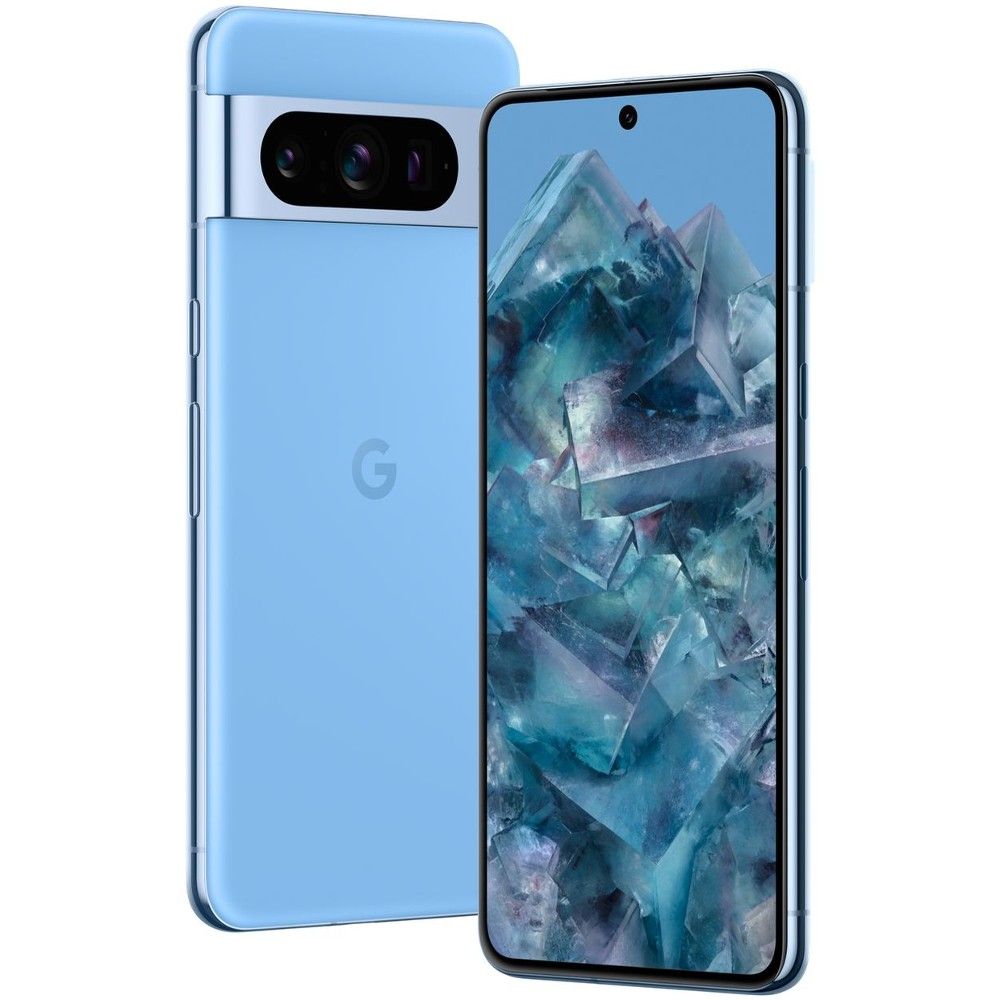
Google Pixel 8 Pro
A clear winner in software, camera, and long-term support
It’s hard to argue with the Pixel 8 Pro as one of the best flagships on the market today. Its display, cameras, and novel feature set just about lead the pack, while performance and battery life are better than ever.
But it’s not a Zenfone hit piece, and Asus does do some things right. Anybody who frequently spends long days of heavy use mostly away from chargers can benefit from its fantastic battery life and charging. And if video capture is high on your list of priorities, it’s certainly a great choice.
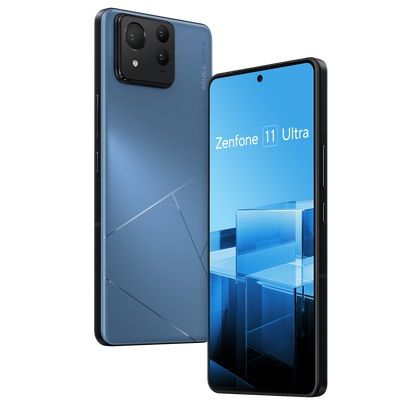
Asus Zenfone 11 Ultra
Not a bad phone, but who is it for?
The Zenfone 11 Ultra is a good phone. If, for any reason, you want to avoid the bigger manufacturers, it’s worth considering. Few US phones support dual physical SIM cards, and even fewer offer the kind of stabilization Asus does. Its AI tools are also pretty useful, if not particularly vast in their versatility. It’s just that other phones today already do most of these things a little better.




